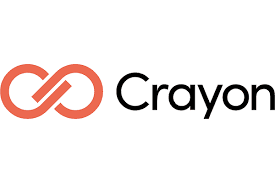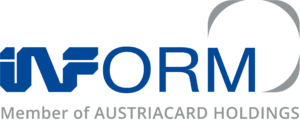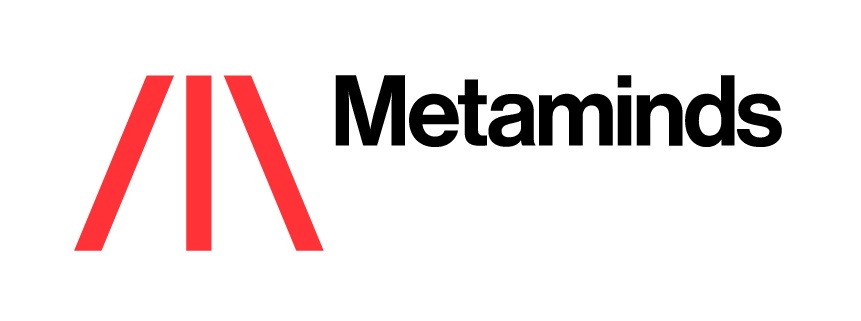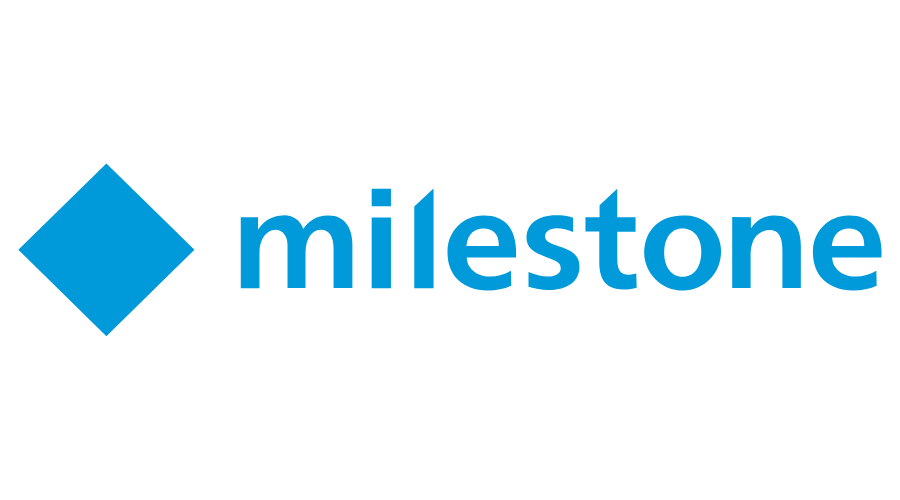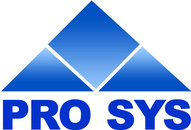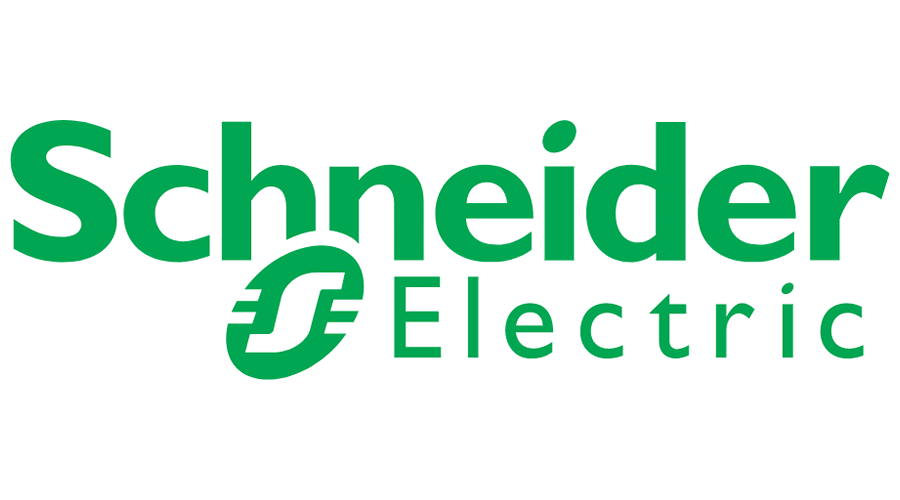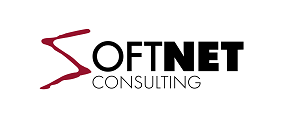BASF Group has shown resilience in the 2022 business year in a challenging market environment that was dominated by the consequences of the war in Ukraine and in particular by increased raw material and energy prices.
 As Dr. Martin Brudermüller, Chairman of the Board of Executive Directors, and Dr. Hans-Ulrich Engel, Chief Financial Officer, explained during the presentation of the figures for 2022, BASF increased sales by 11.1 percent to €87.3 billion. Sales growth was mainly driven by higher prices across almost all segments due to an increase in raw materials and energy prices. The Materials and Chemicals segments implemented the highest price increases. Significantly lower volumes overall dampened sales growth in the BASF Group. Volumes development was primarily driven by lower sales volumes in the Surface Technologies and Chemicals segments.
As Dr. Martin Brudermüller, Chairman of the Board of Executive Directors, and Dr. Hans-Ulrich Engel, Chief Financial Officer, explained during the presentation of the figures for 2022, BASF increased sales by 11.1 percent to €87.3 billion. Sales growth was mainly driven by higher prices across almost all segments due to an increase in raw materials and energy prices. The Materials and Chemicals segments implemented the highest price increases. Significantly lower volumes overall dampened sales growth in the BASF Group. Volumes development was primarily driven by lower sales volumes in the Surface Technologies and Chemicals segments.
At €6.9 billion, income from operations (EBIT) before special items was 11.5 percent below the prior-year figure, but within the forecast range. The earnings development was attributable to a strong decline in earnings contributions from the Chemicals and Materials segments. Both segments recorded lower margins and volumes as well as higher fixed costs.
By contrast, EBIT before special items rose in all other segments. The Agricultural Solutions segment increased EBIT before special items considerably, in particular as a result of the positive sales performance due to increases in volumes and prices. The Nutrition & Care segment also achieved a considerable increase, mainly due to price-driven margin growth. The Surface Technologies segment recorded considerably higher earnings, especially due to increased earnings contributions from the automotive catalysts and battery materials businesses. Higher prices and volumes in the Coatings division additionally supported the segment’s earnings performance. The Industrial Solutions segment slightly increased EBIT before special items as a result of price-driven margin growth. EBIT before special items attributable to Other improved slightly.
In 2022, BASF Group’s operational earnings were burdened by additional energy costs of €3.2 billion globally. Europe accounted for around 84 percent of this increase, which mostly impacted the Verbund site in Ludwigshafen. Higher natural gas costs accounted for 69 percent of the overall increase in energy costs globally.
Special items in EBIT amounted to minus €330 million in 2022 compared with minus €91 million in the previous year. At €6.5 billion, EBIT for the BASF Group in 2022 was considerably lower than in the previous year. This figure includes income from integral companies accounted for using the equity method, which declined by €289 million to €386 million.
Exceptionally high impairments on the shareholding in Wintershall Dea AG negatively affected the BASF Group’s net income from shareholdings. In 2022, net income from shareholdings amounted to minus €4.9 billion, after €207 million in 2021. The significant decline was due to special charges of around €6.3 billion, mainly from non-cash-effective impairment losses on the shareholding in Wintershall Dea AG. These were especially due to the deconsolidation of Wintershall Dea’s Russian exploration and production activities, which subsequently resulted in a revaluation of Wintershall Dea’s Russian shareholdings. Further write- downs were made on Wintershall Dea’s European gas transportation business, including a complete impairment on the shareholding in Nord Stream AG and the financing of the Nord Stream 2 project. Wintershall Dea’s operating earnings contribution for 2022 rose to approximately €1.5 billion, after €335 million in the previous year.
As a result of the significantly lower net income from shareholdings, net income for the BASF Group was minus €627 million compared with €5.5 billion in 2021.
Development of sales and earnings of the BASF Group in the fourth quarter of 2022
In the fourth quarter of 2022, BASF Group sales decreased by 2.3 percent to €19.3 billion, mainly on account of lower volumes. Fourth-quarter EBIT before special items fell by 69.6 percent to €373 million compared with the prior-year quarter.
Special items in EBIT amounted to minus €254 million compared with plus €1 million in the fourth quarter of 2021. The special items were mainly related to non-cash- effective impairments on plants in Ludwigshafen. In the fourth quarter of 2022, EBIT decreased by 90.3 percent to €119 million. Net income amounted to minus €4.8 billion compared with €898 million in the fourth quarter of 2021. The decline was driven by the impairments on the shareholding in Wintershall Dea.
Cash flows of the BASF Group in 2022 and in the fourth quarter of 2022
For 2022, cash flows from operating activities amounted to €7.7 billion compared with €7.2 billion in the previous year. Free cash flow amounted to €3.3 billion in 2022 after €3.7 billion in 2021.
Compared with the prior-year quarter, cash flows from operating activities improved by €1.1 billion to €4.5 billion in the fourth quarter of 2022. Free cash flow increased by €749 million to €2.6 billion in the fourth quarter.
Dividend proposal of €3.40 per share
At the Annual Shareholders’ Meeting, the Board of Executive Directors and the Supervisory Board will propose a dividend of €3.40 per share, equal to the prior-year dividend. Based on the year-end share price, the BASF share would thus offer a high dividend yield of around 7.3 percent. This would represent a payment of
€3.0 billion to shareholders.
Outlook for 2023 for the BASF Group
The high level of uncertainty that arose over the course of 2022 due to the war in Ukraine, high raw materials and energy costs in Europe, rising prices and interest rates, inflation and the development of the coronavirus pandemic will continue in 2023. All of these factors will negatively impact global demand. BASF thus only expects moderate growth of 1.6 percent for the global economy in 2023 (2022: 3.0 percent). For global chemical production, BASF expects growth of 2.0 percent (2022: 2.2 percent). The company assumes an average oil price of $90 for a barrel of Brent crude and an average exchange rate of $1.05 per euro.
Based on these assumptions, the BASF Group is expected to generate sales of between €84 billion and €87 billion in 2023. The BASF Group’s EBIT before special items is expected to decline to between €4.8 billion and €5.4 billion. The company expects a weak first half of 2023 followed by an improved earnings environment in the second half of the year due to recovery effects, especially in China.
BASF specifies measures to save costs in Europe and to adapt Verbund structures in Ludwigshafen
In his presentation, Martin Brudermüller also announced concrete cost savings measures focused on Europe as well as measures to adapt the production structures at the Verbund site in Ludwigshafen.
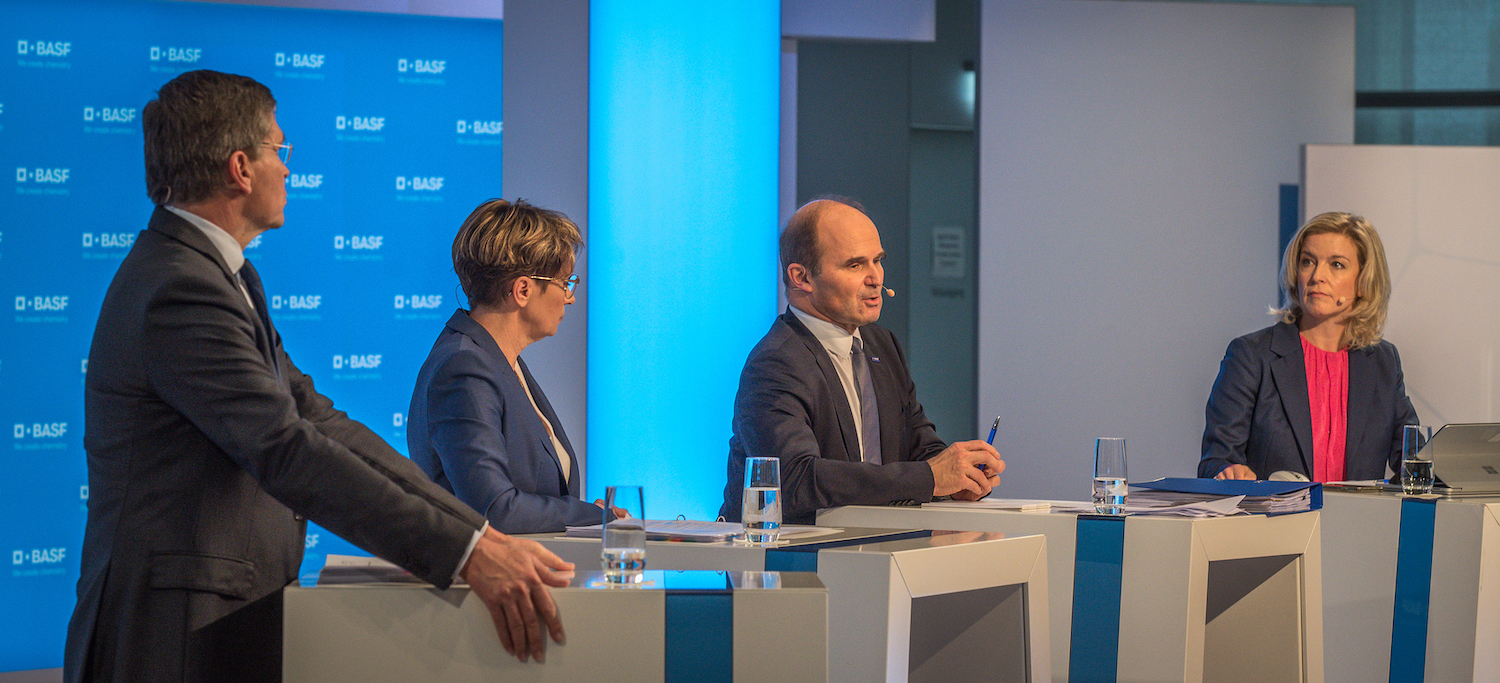
“Europe’s competitiveness is increasingly suffering from overregulation, slow and bureaucratic permitting processes, and in particular, high costs for most production input factors,” said Brudermüller. “All this has already hampered market growth in Europe in comparison with other regions. High energy prices are now putting an additional burden on profitability and competitiveness in Europe.”
Annual costs savings of more than €500 million by the end of 2024
The cost savings program, which will be implemented in 2023 and 2024, focuses on rightsizing BASF’s cost structures in Europe, and particularly in Germany, to reflect the changed framework conditions. On completion, the program is expected to generate annual cost savings of more than €500 million in non-production areas, that is in service, operating and research & development (R&D) divisions as well as the corporate center. Roughly half of the cost savings are expected to be realized at the Ludwigshafen site.
The measures under the program include the consistent bundling of services in hubs, simplifying structures in divisional management, the rightsizing of business services as well as increasing the efficiency of R&D activities. Globally, the measures are expected to have a net effect on around 2,600 positions; this figure includes the creation of new positions, in particular in hubs.
Adaptations to the Verbund structures in Ludwigshafen are expected to lower fixed costs by over €200 million annually by the end of 2026
In addition to the cost savings program, BASF is also implementing structural measures to make the Ludwigshafen site better equipped for the intensifying competition in the long term. “We are doing this because we believe in the future of the Ludwigshafen site, which is now in its 158th year. We believe in the people who work here, and we believe in the region Europe. We remain committed to this site and have the courage to further develop it,” said Brudermüller.
During the past months, the company carried out a thorough analysis of its Verbund structures in Ludwigshafen. This showed how to ensure the continuity of profitable businesses while making necessary adaptations. An overview of the major changes at the Ludwigshafen site:
– Closure of the caprolactam plant, one of the two ammonia plants and associated fertilizer facilities: The capacity of BASF’s caprolactam plant in Antwerp, Belgium, is sufficient to serve captive and merchant market demand in Europe going forward. High value-added products, such as standard and specialty amines and the Adblue® business, will be unaffected and will continue to be supplied via the second ammonia plant at the Ludwigshafen site.
– Reduction of the adipic acid production capacity and closure of the plants for cyclohexanol and cyclohexanone as well as soda ash: Adipic acid production at the joint venture with Domo in Chalampé, France, will remain unchanged and has sufficient capacity – in the changed market environment – to supply the business in Europe. Cyclohexanol and cyclohexanone are precursors for adipic acid; the soda ash plant uses by-products of the adipic acid production. BASF will continue to operate the production plants for polyamide 6.6 in Ludwigshafen, which need adipic acid as a precursor.
– Closure of the TDI plant and the precursor plants for DNT and TDA: Demand for TDI has developed only very weakly especially in Europe, Middle East and Africa and has been significantly below expectations. The TDI complex in Ludwigshafen has been underutilized and has not met expectations in terms of economic performance. This situation has further worsened with sharply increased energy and utility costs. BASF’s European customers will continue to be reliably supplied with TDI from BASF’s global production network with plants in Geismar, Louisiana; Yeosu, South Korea; and Shanghai, China.
In total, 10 percent of the asset replacement value at the site will be affected by the adaptation of Verbund structures – and likely around 700 positions in production. Brudermüller stressed: “We are very confident that we will be able to offer most of the affected employees employment in other plants. It is very much in the company’s interest to retain their wide-ranging experience, especially since there are vacancies and many colleagues will retire in the next few years.” The measures will be implemented stepwise by the end of 2026 and are expected to reduce fixed costs by more than €200 million per year.
The structural changes will also lead to a significant reduction in the power and natural gas demand at the Ludwigshafen site. Consequently, CO2 emissions in Ludwigshafen will be reduced by around 0.9 million metric tons per year. This corresponds to a reduction of around 4 percent in BASF’s global CO2 emissions.
“We want to develop Ludwigshafen into the leading low-emission chemical production site in Europe,” said Brudermüller. BASF aims to secure greater supplies of renewable energy for the Ludwigshafen site. The company plans to make use of heat pumps and cleaner ways of generating steam. In addition, new CO2-free technologies, such as water electrolysis to produce hydrogen are to be implemented.

